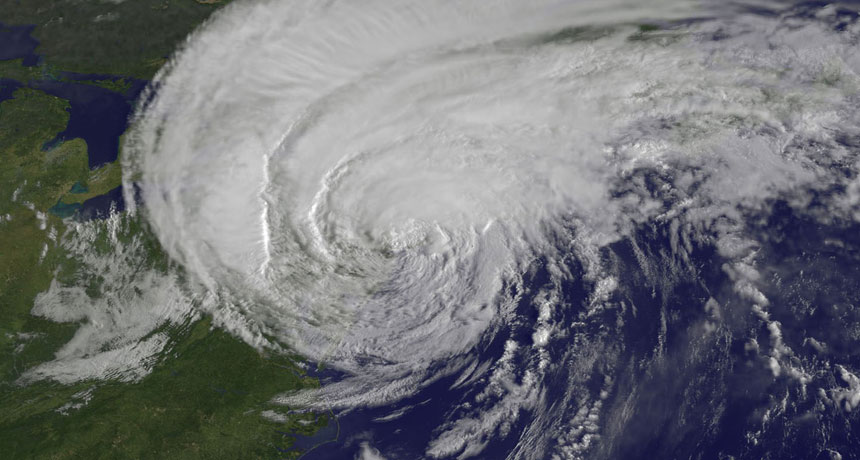Scientists Say: Cyclone
Strong storms might be called hurricanes or typhoons, but these swirling storms are all actually the same

Hurricane or typhoon? They are both cyclones.
NASA GODDARD SPACE FLIGHT CENTER
Strong storms might be called hurricanes or typhoons, but these swirling storms are all actually the same

Hurricane or typhoon? They are both cyclones.
NASA GODDARD SPACE FLIGHT CENTER